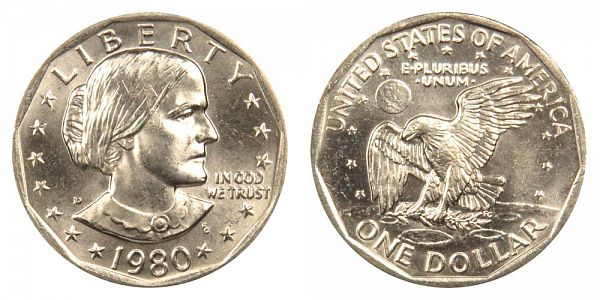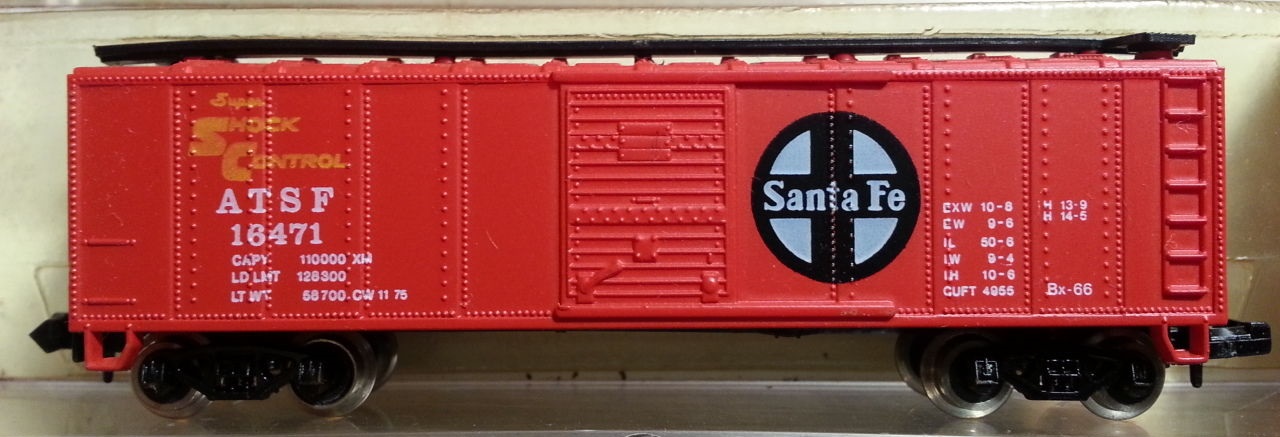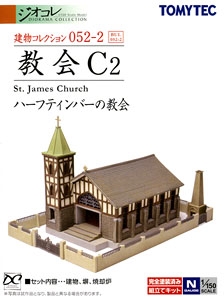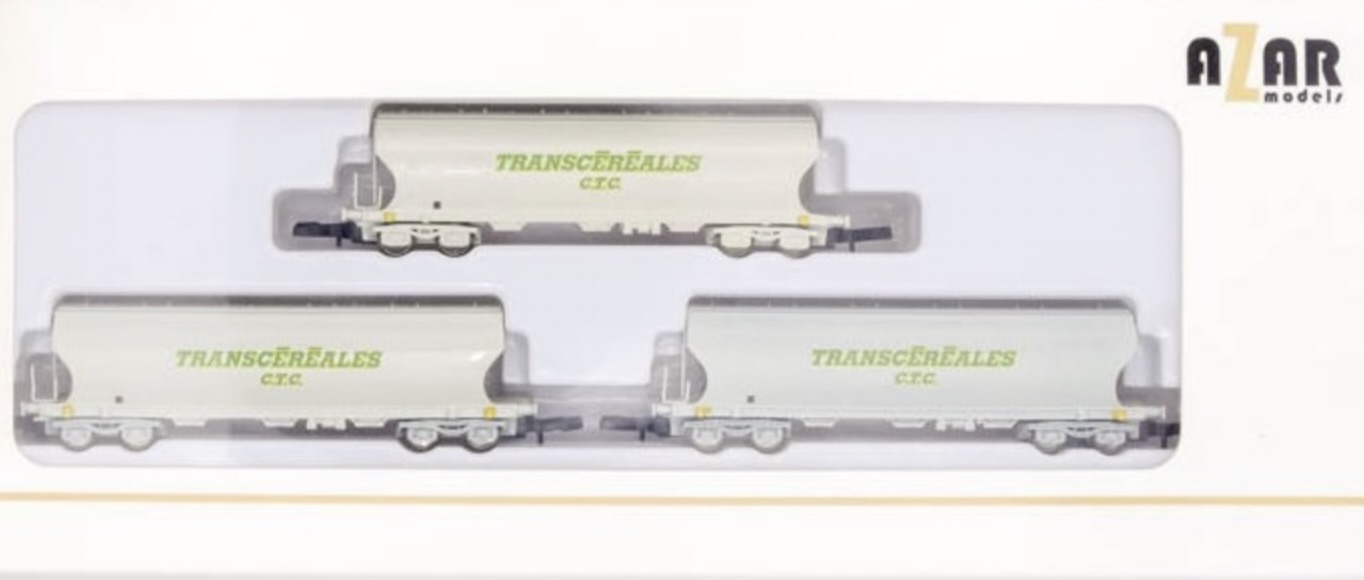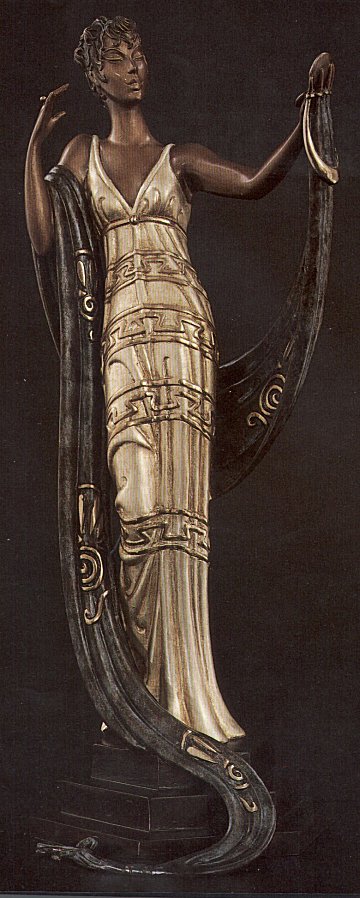The Susan B. Anthony dollar was a United States dollar coin minted from 1979 to 1981, when the series was halted due to poor public reception, and again in 1999. Proposed as a smaller replacement for the cumbersome Eisenhower dollar, a number of shapes and compositions were tested, but all were opposed by the vending machine industry, a powerful lobby affecting coin legislation. Finally, a round planchet with an eleven-sided inner border was chosen for the smaller dollar.
The original design depicted an allegorical representation of Liberty, but organizations and individuals in Congress called for the coin to depict a woman. Several proposals were submitted, and social reformer Susan B. Anthony was selected as the design subject. The reverse design of the Eisenhower dollar was kept. Both sides of the coin were designed by Frank Gasparro, the Chief Engraver of the United States Mint.
The Mint struck a large number of coins in anticipation of considerable public demand, but the Susan B. Anthony dollar was poorly received, in part because of confusion caused by its similarity in size and metallic composition to the quarter. Despite its poor reception, the coins began seeing use in vending machines and mass transit systems, gradually depleting the surplus. In 1997, Congress passed a law authorizing mintage of the gold-colored Sacagawea dollar, but production did not begin quickly enough to meet demand. To fill the gap, a final run of Susan B. Anthony dollars was struck in 1999.
Special coins for sale to collectors were struck in proof finish through the run of the Susan B. Anthony dollar, and some minting varieties are valuable to collectors. However, most circulation strikes remained in government stockpiles for years after minting, so many are available in uncirculated grades, and the premium over face value is minimal.
If you see errors or missing data in this entry, please feel free to log in and edit it. Anyone with a Gmail account can log in instantly.


